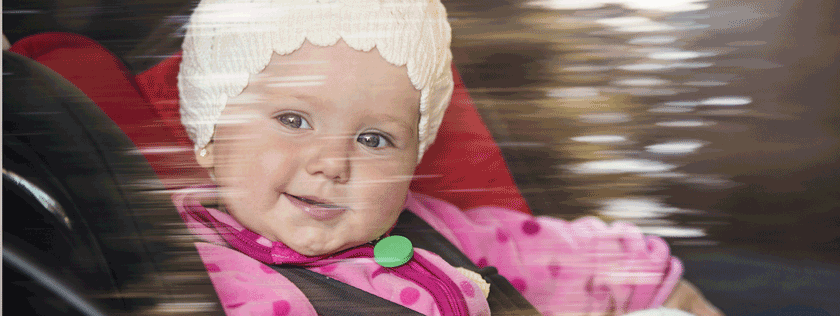The law on child car seats: Are you up to date?

As a driver, it is your responsibility to take care of all passengers in your vehicle and when your passengers are children there is arguably a greater need for drivers to ensure everyone is safe.
One of the most obvious considerations for vehicle child safety is using a car seat.
But do you know what the actual rules are around car seats?
Do you know the difference between a booster seat and a harness?
Does the use of child-focused seats depend on their age or their height?
Here, we delve into the key information for drivers to consider so their passengers and children can be kept safe on the roads.
Did you know?
It is the responsibility of the driver to ensure that any child under the age of 14 is safely and properly restrained in the vehicle
Child booster seat laws
The Scottish Government makes clear that children should be put in a car seat until they are 12 years old or 135 cm tall.
Once they are older than 12 or taller than 135cm then they are free to wear a normal seat belt.
The rules for vans are the same as for cars.
The only times it is okay for a young child to not wear a seatbelt is if:
- They are in a taxi
- They are travelling in a bus
- They are in an unexpected journey, such as in an emergency trip to A&E and a car seat would worsen their experience/condition
- There’s already one or more car seats in place and another car seat will not fit
In addition to the rules around when a driver must ensure a child has a car seat there are also rules around the different kinds of seats on offer.
How to choose the right car seat
In the unfortunate event that an accident does happen on the road and involves young children, the correct child car seat can help keep them safe.
Despite the effects of Brexit, the Courts still very much recognise EU safety standards for keeping children safe.
When it comes to picking a car seat then the right one typically depends on the child’s height and/or weight.
Height-based seats are known as ‘i-Size’ seats. They must be rear-facing until your child is over 15 months old but can be used forward-facing when the child is older than 15 months. EU-approved height-based child car seats should be used in the UK. These have a label showing a capital ‘E’ in a circle and ‘R129’.
Weight-based seats are exactly what you would think – it’s an appropriate seat depending on the weight of the child who is using it.
Only EU-approved weight-based child car seats can be used in the UK and these have a label showing a capital ‘E’ in a circle and ‘ECE R44’.
You may be able to choose from more than one type of seat in the group for your child’s weight.
0kg to 10kg (Group 0) – these seats lie-flat or ‘lateral’ baby carrier, rear-facing baby carrier, or rear-facing baby seat using a harness
0kg to 13kg (Group 0+) – these are rear-facing baby carrier or rear-facing baby seat using a harness
9kg to 18kg (Group 1) – these are rear- or forward-facing baby seat using a harness or safety shield
15kg to 25kg (Group 2) – these are rear- or forward-facing child car seat (high-backed booster seat or booster cushion) using a seat belt, harness or safety shield
22kg to 36kg (Group 3) – these are rear- or forward-facing child car seat (high-backed booster seat or booster cushion) using a seat belt, harness or safety shield
Manufacturers can now only make booster cushions approved as Group 3. This won’t affect any existing booster cushions in Group 2 and you’ll still be able to use them.
Child seats should be replaced in any car accident
In the event of an accident, child car seats should be replaced afterwards even if there is no visible damage as it may have been weakened to the extent that it will no longer provide the same level of protection.
More information about the current legal requirement surrounding child car seats can be found on this UK Government website.